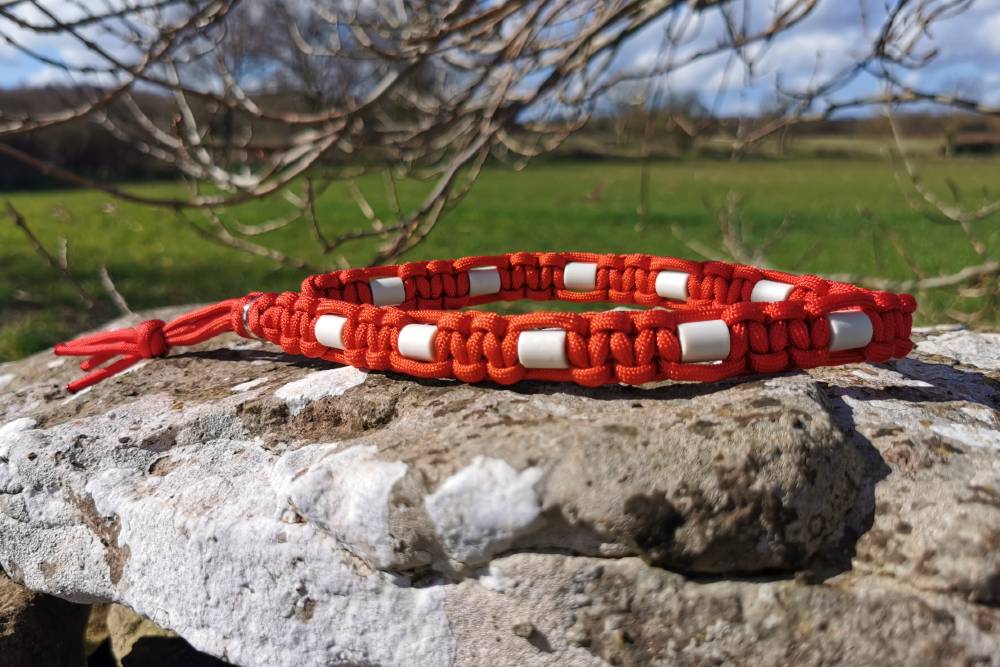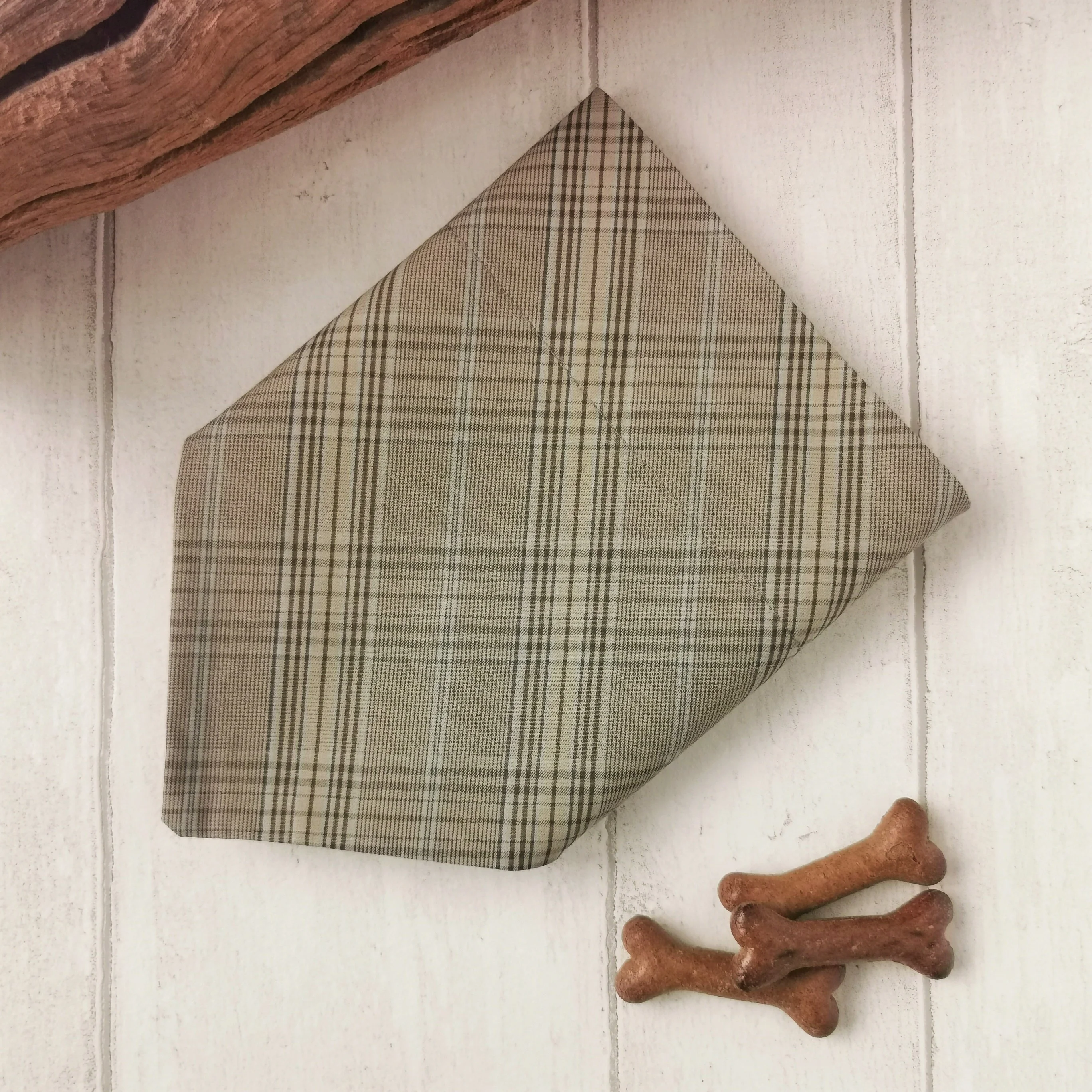Ticks are more than a gross nuisance to our pets. They can cause infection and serious illness to us and animals. Once attached ticks can be tricky to remove so it’s important to take preventative action to manage ticks. In this post we will look at what ticks are and how to naturally control them without toxic chemical treatments.
What are ticks?
Ticks are parasitic mites which feed on the blood of mammals and birds. The little bloodsuckers attach to the skin and during feeding can spread harmful bacteria and diseases such as lymes disease. They can be found in dense woodland and long grass, finding their host as they brush through vegetation. When your dog runs through grass they can easily pick up one of these pesky parasites. If a tick attaches you may feel a small lump in your dog’s fur which could be as small as a seed or large as a baked bean. They have 8 legs and if you look closely you should be able to see them underneath the body. Tick season (when ticks are most active) is March – September.
Conventional tick treatment options
Conventional control methods include spot-on treatments and oral tablets. These use pesticides to poison and kill the tick. In a spot on solution or chemical collar, the pesticide is spread through your dog’s fur. The oral tablets kill the tick by poisoning it via the dog’s bloodstream when it feeds. Many dog owners share concerns regarding the harmful effects of these toxins and chemicals on our pets – and us! Ticks (and fleas) are becoming resistant, leading to stronger doses being used in such medications. In 2021 US Congress demanded a recall of the Seresto collar after the American Environmental Protection Agency received 75,000 incident reports including almost 1700 deaths since the product was introduced in 2012. Pet owners reported symptoms such as vomiting and diarrhoea, tremors and seizures, alongside various skin reactions including fur loss.
Alternative ways to manage ticks
More and more pet owners are choosing a natural approach to pet health care. There are a number of natural alternatives with tick repellent qualities which, when applied correctly, can be very effective. These include:
- Herbal remedies and sprays
- Essential oils (including Rose geranium, cedar, citronells, eucalyptus and lemngrass)
- Apple cider vinegar
- Natural tick collars
Essential oils (diluted) can be applied by either dabbing behind your dogs ears or onto a bandana before their walk, or sprayed over the coat. It is important that essential oils are diluted onto a carrier oil (eg almond oil) before administering. Writing for Dogs Naturally magazine, Canine Herbalist Rita Hogan advises a 0.5 to 1% dilution. Other ingredients such as apple cider vinegar can be added to your dogs diet to be ingested. The safest option is to purchase herbal remedies and sprays which have been prepared ready for use such as ‘Billy No Mates’. A holistic veterinarian can further advise on oils and quantities which are safe for your dog.
My non toxic tick collars are a chemical-free alternative to manage ticks. Handmade with EM Ceramic beads to naturally deter ticks from atttaching to your dogs skin without toxins and chemicals.

How do EM Ceramic beads work?
Developed in Japan by Dr Teruo Higa, EM Beads are made by fermenting the clay with effective microorganisms. They are more widely used in agriculture and water purification but the anecdotal evidence of their natural ability to guard against ticks is supported by many dog owners worldwide who choose natural remedies to safely manage their pets’ health and wellbeing. The EM ceramic works by emitting far infrared waves (FIR). Research has found that ticks have a unique organ (called the Halers Organ) which can detect infrared rays. It is believed that ticks find the FIR unpleasant and therefore do not attach to the dog. FIR technology is increasingly used for muscular ailments, relieving tension and increasing circulation. Furthermore, FIR saunas are used to help relieve the symptoms of lymes disease, one of the most concerning diseases carried by ticks.
It can take 3-4 weeks for the beads to start to work and the collar should be worn continuously and replaced each tick season for maximum effect.
How to avoid ticks
A combination of natural remedies can be used but there are other steps we can take to avoid tick borne diseases as follows:
- Stick to paths and avoid long grass
- Wear long sleeves and trousers (this one’s for us!)
- Groom your dog regularly and especially after each walk. Ticks which have not attached can easily be brushed or combed out of the fur.
- Physically check for ticks, particuarly around the head, ears, groin, legs and between the toes.
What to do if you find a tick on your dog
Although ticks are gross it’s important to deal with them promptly. But don’t panic – Ticks which have latched onto the skin can be carefully removed at home. You can remove a tick with fine point tweezers but it’s worth buying a tick removal tool because they are inexpensive and much easier to use. The tick needs to be grasped as closely to your dog’s skin as possible and pulled away without squeezing.
Once removed you can dab the area with a salt water solution to help fight bacterial infection. Although the risk of tick borne diseases are low, look out for signs such as lethargy, loss of appetite, stiff or sore joints and fever. If you do notice these symptoms after a tick removal get help from your vet asap.
Make checking for ticks part of your daily walking and grooming routine for a happy, healthy life with dogs!
Until next time,
Julie & Bosun




